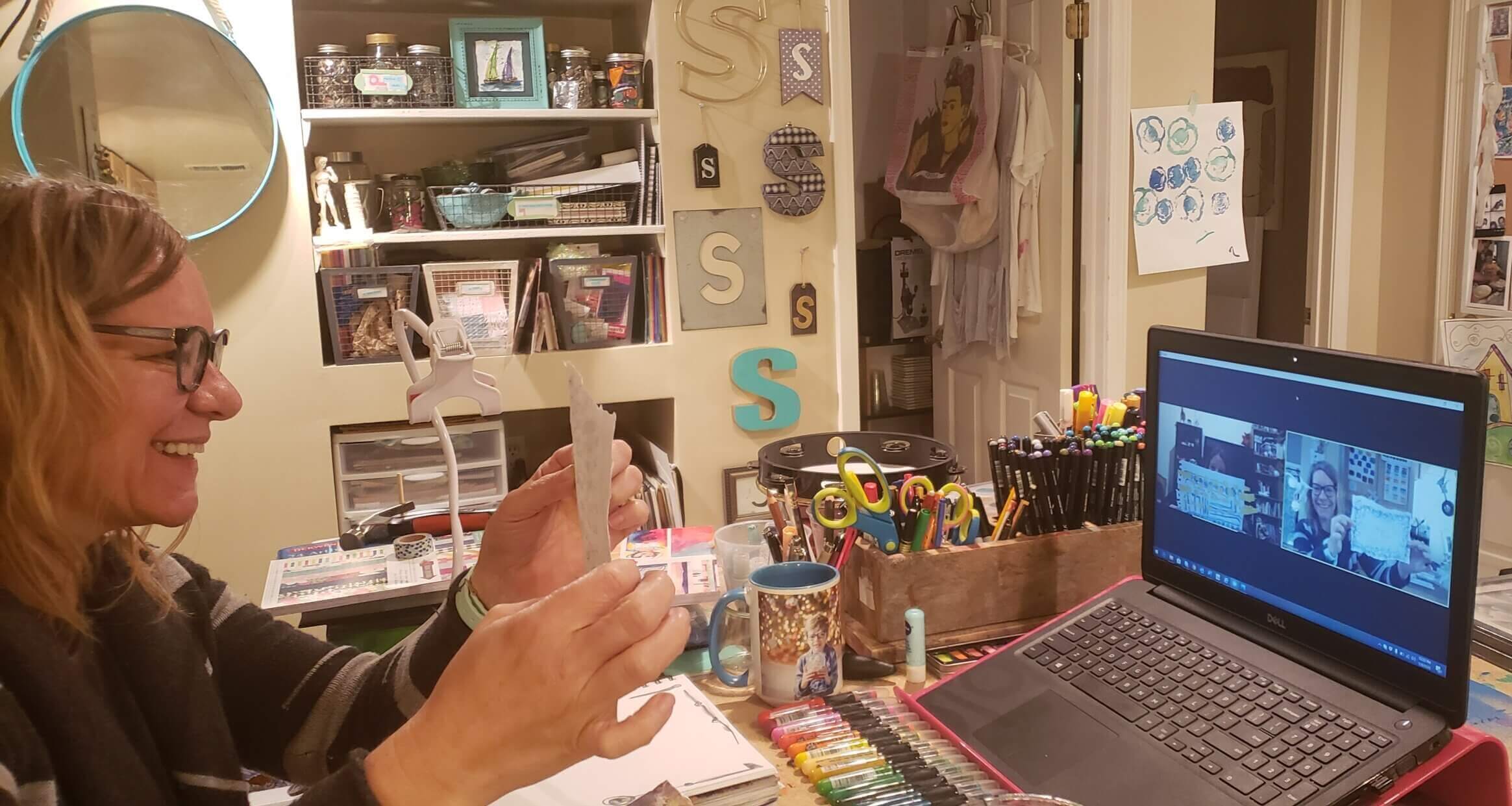As COVID-19 continues to impact communities, many people dealing with behavioral health issues may be feeling increased stress and anxiety. Art therapy, which has been proven to decrease stress, anxiety and depression1, can help.
Community mental health centers, such as the Zepf Center in Toledo, Ohio, have integrated art programs into their therapeutic services, to connect with the people they serve in a different way.
Art Therapy for Behavioral Health
“My clients have increased their self-esteem and confidence by completing projects they never knew were possible,” said Stacy Spinazze, art instructor at the Zepf Center. “Art gives individuals a way to communicate feelings and express themselves in a way they may not be able to with words.”
Due to COVID-19, the Zepf Center has started offering its art therapy classes online. In addition to making art, students can use the 90-minute classes to discuss how they are feeling, the challenges they’re facing and how the isolation of staying home is affecting them.
“The students all feel connected, which can be tough to find these days,” said Spinazze. “They now call each other friends.”
Clients at the Zepf Center participate in Genoa’s nationwide art contest each year. Last year the contest drew over 700 submissions. Thirteen chosen pieces were featured in Genoa Healthcare’s 2020 calendars, printed on notecards and showcased in Genoa’s traveling art gallery.
Spinazze encouraged anyone who may be feeling overwhelmed, stressed or anxious to incorporate art into their daily lives. “Everyone can be creative and participate in art, they just have to find what intrigues them,” she said.
How to incorporate art at home:
- Draw items you find around your house, or find inspiration outside or online
- Color printable coloring sheets
- Learn different art techniques through online videos
- Take a virtual tour of some well-known museums
[1]https://www.health.harvard.edu/mental-health/the-healing-power-of-art





